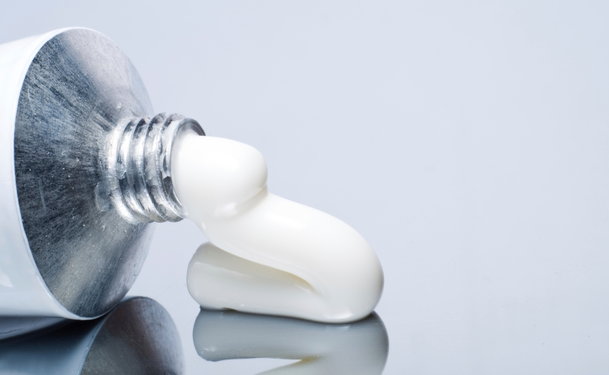Laser tattoo removal is not for everyone; there are those who'd prefer other methods, including dermabrasion, chemical peels and creams. While topical tattoo removal creams cannot guarantee the removal of unwanted tattoos, Rejuvi cream sets itself apart from the others—and it's all in how it's administered.
Rejuvi cream: How it works
As an alternative treatment to laser removal, tattoo removal creams may also help minimize the appearance of unwanted tattoos. Using a needle, Rejuvi is a cream that is injected into the skin, directly in and around the tattoo. The cream works by softening the ink and allowing the immune system to respond to the foreign substance by forming a scab over the tattoo. Once the scab falls off in about 10 to 25 days, the ink from the tattoo should have faded.
To be more specific, this extraction technique uses multiple inorganic oxides. When the formula is injected properly and is able to make good contact with tattoo pigments in the skin, those pigments merge with the formula over time. The cream is designed not to remain in the skin, so as the skin repels and ejects the formula to the skin's surface, a protective scab or crust forms. The scab/crust will then peel off, taking with it the pigments from the tattoo.
Which areas can Rejuvi treat?
Rejuvi can be used to treat the following:
- Tattooed lip liners and eyebrows (the delicate eye area cannot be treated)
- Body tattoos
How does it differ from other tattoo removal creams?
Unlike do-it-yourself creams, which aren't very effective, Rejuvi produces results. This is because the cream is injected into the skin and allowed to come into direct contact with the ink. And because the cream needs to be injected, the treatment must be performed by a trained medical professional.
What to expect from treatment
Rejuvi is a more natural approach to tattoo removal and enables the body to remove the ink on its own. This method, which is applicable to all tattoo colors, is cheaper and less painful than laser tattoo removal. However, multiple treatments may be necessary for full removal. Though the number of treatments required depends largely on where the tattoo is located and its size, when applied properly, tattoos can be removed in one to seven treatments—permanent makeup can be removed in as little as one session, while body tattoos can take between three to seven. The interval between treatments is usually 2-3 months.
It should be noted that the time it takes for the scab to peel off is different from treatment recovery. Complete treatment recovery can take 2-3 months for permanent makeup and 3-6 months for body tattoos.
Patients who receive this treatment should expect redness in the treatment area. It will gradually diminish and the skin will return to its normal flesh tone in time. Other risks include possible scarring and skin discoloration.
If Rejuvi cream sounds like a potential option for you, or if you'd like to discuss other tattoo removal options like laser therapy, consult with a specialist in your area.


